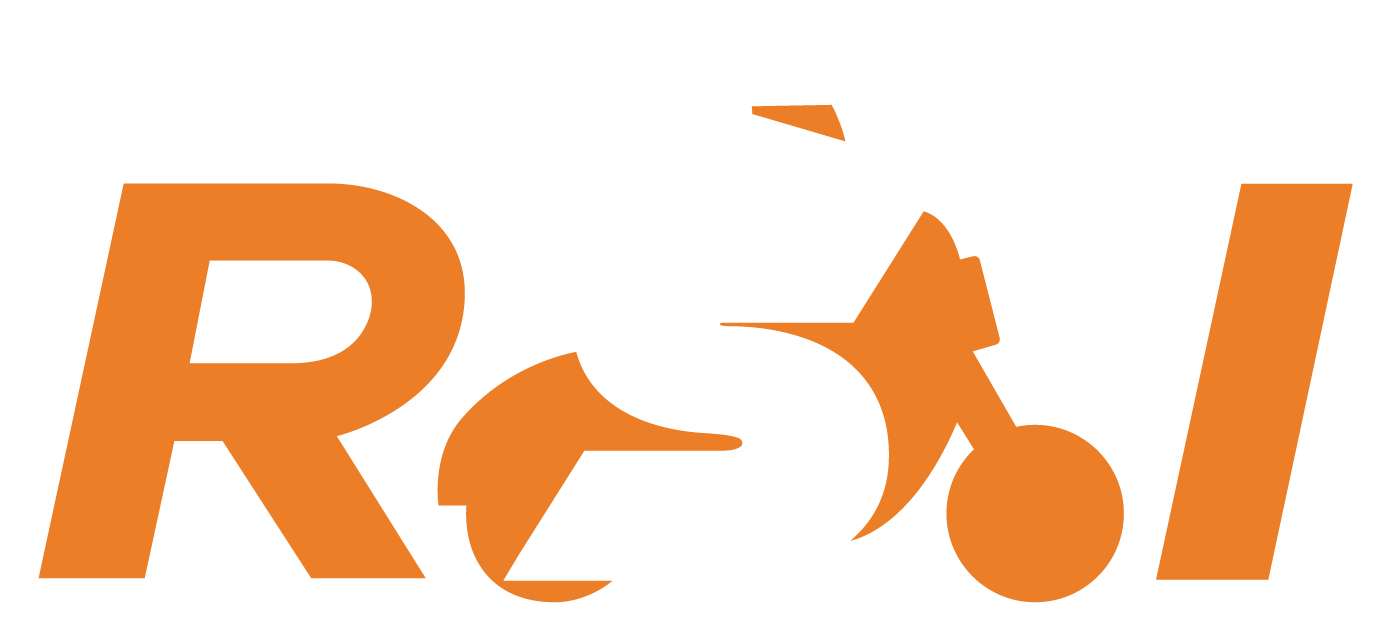Interested in taking an Entry Level Motorcycle Safety Course, but not sure what to expect? Read this month’s blog from a recent motorcycle safety course graduate about her experience during the course!

Alyssa is a first-time motorcyclist and documented her experience taking an Entry Level Motorcycle Safety Course with a Ride Safe Indiana provider. Thank you for sharing your experience with Ride Safe Indiana!
Day One: Back to school, back to school…
The first day is all about the classroom! If you think you’ll hop on a bike right away, pump the brakes—you’ll have to get up to speed on motorcycle safety by taking an online course. The online course takes you through the various types of motorcycles, explains the mechanical aspects of the motorcycle, and focuses on important safety procedures when operating a motorcycle. Expect to spend three to four hours completing the online course.
Once you’ve completed the online course, be prepared to discuss what you learned with your instructors. The instructors will answer questions about the online content while also expanding on certain topics to ensure class participants are comfortable moving on.
When the instructors are confident the class is ready for the next step, you’re introduced to your companion for the next three days—THE MOTORCYCLE! Be patient though, as you won’t go full throttle just yet. You’ll complete various exercises on the bike to get acquainted and comfortable with the motorcycle.
The day may seem long at first, but pay attention as time flies and you might miss an important detail.
Day Two: It’s all about the bike!
Get ready to hit the closed road course because day two is all about the bike. During the day you do various exercises to get accustomed to the motorcycle—each building upon each other and helping you gain confidence with each exercise. You’ll quickly find out which maneuvers you’re comfortable with, and which ones you find more challenging. The instructors are patient and will help you through each exercise through demonstration and clear explanations.
Riding a motorcycle is not necessarily hard but maintaining control and knowing how to stay safe is! The class does a great job of teaching you the vital skills needed to stay safe during various traffic conditions.
Day Three Part One: Perfect practice makes safe riders
Day three is when you put everything together, feel most comfortable on the bike, and take your written and skills exam.
In the morning you go through the previous day’s exercises while practicing simulated road situations- judging curves, switching lanes, and riding around and over obstacles. The morning session reinforces what you’ve previously learned, prepares you for the upcoming exam, and gives you the confidence needed before hitting the open road.
Day Three Part Two: The TESTS
During the second half of day three you’ll take two tests- a written exam and a skills exam.
The written exam, like the exam you took when obtaining your driver’s license, tests your knowledge about the motorcycle itself and how to handle various traffic situations. Make sure you study your course notes and pay close attention to your instructors each day.
The skills exam is a great example of proving you have control of the motorcycle. The tested skills are not the most difficult, however, the ability to show the required skills in your first attempt is challenging. It’s important to take the first two days of the course seriously and ask questions to fully understand how to safely operate a motorcycle in order to successfully pass the skills exam.
Overall Experience: 100% worth it
Here’s a recap from our first-time participant…
Taking the Entry Level Motorcycle Safety Course was 100% worth it- not only for my safety, but it gave me the confidence and knowledge needed to ride a motorcycle solo on the open road.
The challenge was not riding the motorcycle but being in control of the motorcycle in potentially harmful traffic situations. I feel confident not because I left the class being the perfect motorcycle rider, rather I have the foundation needed to be safe and build on the skills learned.
